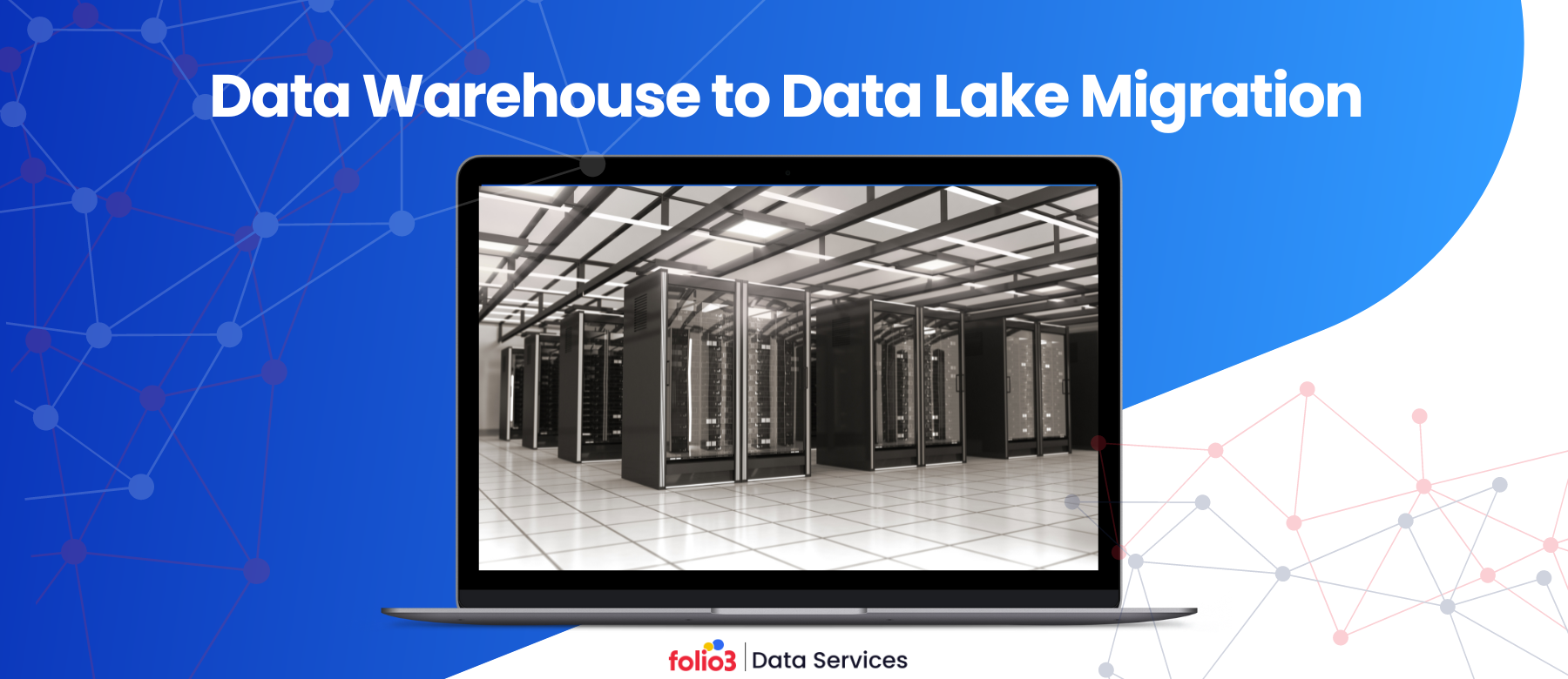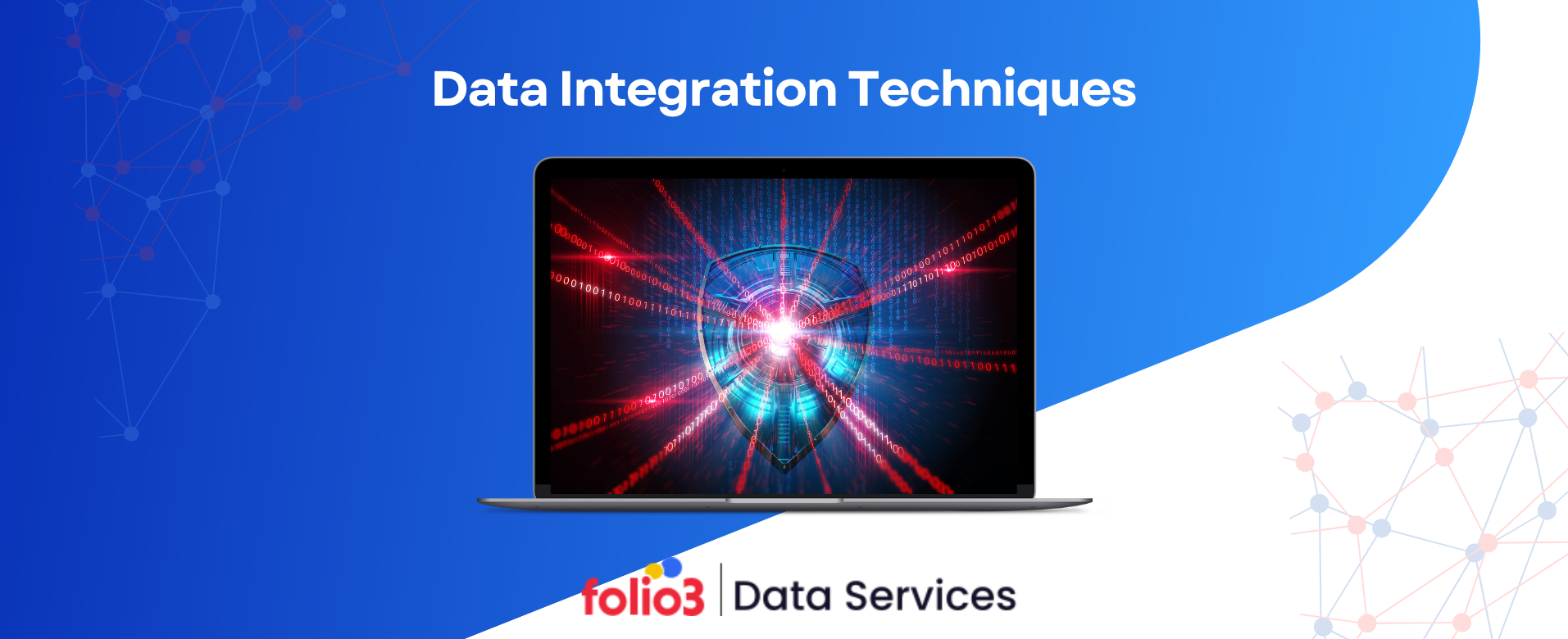Though we are a part of the data-driven business industry, the importance of effective data warehousing cannot be overstated.
As organizations generate and process vast amounts of data, choosing the right data warehousing solution becomes crucial for ensuring scalability, performance, and cost-efficiency. Two of the most prominent players in this space are Google BigQuery and Snowflake.
This article delves into a detailed comparison of BigQuery vs. Snowflake, exploring various aspects such as architecture, performance, pricing, integration, security, and user experience.
Once these factors are understood, businesses can make informed decisions on which platform best suits their needs.
Background of BigQuery and Snowflake
Understanding the origins and core functionalities of BigQuery and Snowflake is crucial for a comprehensive comparison. Both platforms have been designed to address the growing demands of data storage, processing, and analysis in today’s digital landscape.
Let’s take a closer look at what each platform brings to the table:
BigQuery Overview
Google BigQuery is a fully-managed, serverless data warehouse designed to enable super-fast SQL queries using the processing power of Google’s infrastructure. It is part of the Google Cloud Platform (GCP) and offers a highly scalable environment where businesses can perform large-scale data analysis.
BigQuery’s strength lies in its ability to handle massive datasets, its seamless integration with other GCP services, and its pay-as-you-go pricing model.
Snowflake Overview
Snowflake is a cloud-based data warehousing platform that operates on multiple cloud providers, including AWS, Azure, and Google Cloud Platform. Snowflake’s architecture is built to be both scalable and performant, enabling businesses to store and analyze data with high efficiency.
One of Snowflake’s key features is its unique architecture that separates compute and storage, allowing for independent scaling and optimized cost management. Snowflake consulting can assist in leveraging this architecture to handle a wide range of data workloads, from data lakes to data warehousing, all within a single platform.
Architecture
The architecture of a data warehouse significantly impacts its performance, scalability, and overall efficiency. Understanding the architectural differences between BigQuery and Snowflake is crucial in determining which platform best suits your business needs.
Let’s explore the unique design principles that drive each platform, focusing on how they handle storage, compute, and scaling to meet the demands of modern data management:
BigQuery’s Architecture
BigQuery is designed with a serverless and scalable architecture, which means users do not need to manage any infrastructure. This architecture is built on the principle of separating storage and compute, allowing BigQuery to process large datasets efficiently. Data Pipelines can be optimized within BigQuery to enhance data flow and integration.
Data is stored in Google’s highly durable and available storage systems, while the compute resources are provisioned dynamically based on the query demands. This separation ensures that BigQuery can scale out automatically, providing consistent performance regardless of the workload size.
Snowflake’s Architecture
Snowflake’s architecture is based on a multi-cluster, shared data design that also separates storage and compute resources. However, Snowflake’s approach is unique in that it uses a central repository for storing data, accessible to all compute clusters.
This architecture enables multiple compute clusters to operate concurrently without interfering with each other, allowing for seamless scaling and performance optimization. Snowflake’s architecture also includes features like automatic clustering and micro-partitioning, which enhance performance and reduce costs by optimizing data storage and access patterns.
Performance and Scalability
Performance and scalability are key considerations when choosing a data warehousing solution. The ability to efficiently process large volumes of data and scale resources as needed can greatly impact a business’s data operations. Leveraging data strategy consulting can provide insights into the best fit for your specific needs.
In this section, we’ll explore how BigQuery and Snowflake compare in terms of query performance, optimization techniques, and their ability to handle growing datasets with auto-scaling capabilities:
Query Performance
When it comes to query performance, both BigQuery and Snowflake offer advanced optimization techniques. BigQuery leverages Google’s infrastructure to deliver fast query execution times, especially for read-heavy workloads. It uses techniques like columnar storage, query caching, and automatic parallelization to enhance performance.
On the other hand, Snowflake provides robust query performance through features like automatic query optimization, clustering, and pruning. Snowflake’s architecture allows for near-instantaneous scaling of compute resources, which ensures consistent query performance even as the workload scales.
Scalability
BigQuery is designed to handle massive datasets, making it ideal for organizations dealing with petabytes of data. Its serverless architecture allows for auto-scaling, meaning that as the volume of data grows, BigQuery automatically provisions the necessary compute resources to handle the load.
Similarly, Snowflake is highly scalable, thanks to its multi-cluster architecture. Snowflake’s auto-scaling capabilities allow it to dynamically adjust resources based on demand, ensuring that performance remains consistent even as the data volume increases.
Additionally, Snowflake’s ability to scale compute and storage independently provides businesses with greater flexibility in managing their data warehousing needs.
Pricing Model
The pricing model is a critical factor in selecting a data warehousing solution, as it directly affects your budget and cost predictability. BigQuery and Snowflake offer distinct pricing structures that cater to different needs, from on-demand usage to subscription-based models.
BigQuery’s Pricing
BigQuery offers two primary pricing models: on-demand pricing and flat-rate pricing. In the on-demand model, users pay for the data they query, which can be cost-effective for organizations with variable workloads.
The flat-rate pricing model, on the other hand, allows businesses to purchase dedicated query processing capacity, which can provide more predictable costs for high-volume workloads.
BigQuery also offers features like cost control mechanisms and budgeting tools, which help businesses manage their expenses more effectively. The ability to set quotas and budgets ensures that organizations can avoid unexpected cost overruns.
Snowflake’s Pricing
Snowflake operates on a usage-based pricing model, where customers pay for the compute resources they use and the storage they consume.
This model is highly flexible, allowing businesses to scale their spending based on actual usage. Snowflake’s pricing is broken down into credits, which are consumed based on the level of compute resources used during query execution.
Snowflake’s cost predictability is enhanced by its ability to pause and resume compute clusters, meaning businesses only pay for compute when it’s in use. This, combined with Snowflake cost optimization strategies, ensures organizations can manage expenses more effectively. Additionally, Snowflake provides detailed cost tracking and management features, enabling organizations to monitor their spending and optimize their usage patterns.
Integration and Ecosystem
The ability to integrate seamlessly with other tools and services is crucial for maximizing the potential of a data warehousing platform. BigQuery and Snowflake each offer extensive integration options within their ecosystems and with third-party tools.
BigQuery’s Integration
BigQuery’s integration capabilities are one of its standout features. As part of the Google Cloud Platform, BigQuery seamlessly integrates with a wide array of GCP services, such as Google Analytics, Google Ads, and Google Data Studio. This tight integration makes it easier for businesses already invested in the Google ecosystem to leverage BigQuery for their data warehousing needs.
Furthermore, BigQuery supports integration with various third-party tools and services, including data visualization tools like Tableau and Looker, as well as ETL (extract, transform, load) tools like Talend and Informatica. This broad compatibility ensures that businesses can easily connect BigQuery with their existing technology stack.
Snowflake’s Integration
Snowflake’s strength lies in its ability to integrate with multiple cloud providers, including AWS, Azure, and GCP. This multi-cloud compatibility allows businesses to deploy Snowflake in the cloud environment of their choice, providing greater flexibility and avoiding vendor lock-in.
In addition to its cloud provider integrations, Snowflake supports a wide range of third-party data and business intelligence (BI) tools. Snowflake’s native connectors and APIs make it easy to integrate with platforms like Power BI, Tableau, and Qlik, as well as data processing tools like Apache Spark and Python.
Security and Compliance
BigQuery and Snowflake provide robust security features to protect your data and meet industry standards. Let’s explore each platform’s security measures, encryption protocols, and compliance certifications to help you assess which solution best meets your organization’s security requirements. Analyzing these features with the help of data engineering services can ensure that your chosen platform meets your security requirements.
BigQuery Security Features
BigQuery provides a robust set of security features designed to protect data and ensure compliance with industry regulations. Data in BigQuery is encrypted both at rest and in transit, providing a high level of protection against unauthorized access.
BigQuery also supports identity and access management (IAM) policies, allowing businesses to control access to data at a granular level. In terms of compliance, BigQuery adheres to various certifications and standards, including GDPR, HIPAA, and ISO/IEC 27001. This makes BigQuery a suitable choice for businesses in regulated industries that require strict data protection measures.
Snowflake Security Features
Snowflake is equally strong in terms of security, offering end-to-end encryption of data at rest and in transit. Snowflake also provides role-based access control (RBAC), allowing organizations to manage permissions and access to data based on user roles.
This ensures that only authorized users can access sensitive information. Snowflake’s compliance certifications include SOC 1, SOC 2, GDPR, and HIPAA, among others.
Snowflake’s security and compliance features make it a reliable choice for businesses that need to meet stringent regulatory requirements while maintaining the security of their data.
Ease of Use and User Experience
User experience can significantly impact the efficiency and satisfaction of those working with data warehousing platforms. BigQuery and Snowflake offer different approaches to usability, from their interfaces to the overall user experience for developers and analysts such as:
BigQuery’s User Interface
BigQuery’s user interface is designed to be intuitive and easy to use, especially for users familiar with the Google Cloud Platform.
The interface provides a straightforward experience for running queries, managing datasets, and monitoring job performance. However, there can be a learning curve for users who are new to GCP or those unfamiliar with SQL-based querying.
Snowflake’s User Interface
Snowflake offers a clean and accessible user interface that is easy to navigate. The platform provides a web-based interface as well as a command-line interface (CLI) for more advanced users.
Snowflake’s UI is designed to simplify the management of data warehouses, with features like automatic optimization, easy scaling, and detailed monitoring dashboards. This makes Snowflake accessible to both novice users and experienced data professionals.
Developer and Analyst Perspective
From a developer and analyst perspective, both BigQuery and Snowflake offer robust environments for data analysis and application development. BigQuery’s integration with GCP’s suite of tools provides developers with a comprehensive ecosystem for building and deploying data-driven applications.
Analysts benefit from BigQuery’s SQL support and the ability to connect to popular BI tools. Snowflake, with its support for multiple cloud environments and wide range of integrations, offers developers the flexibility to build applications that can run across different platforms. Analysts appreciate Snowflake’s performance optimization features and its seamless integration with popular BI and data visualization tools.
Real-World Use Cases
1. BigQuery Use Case: Zalando – Google Cloud Customer Story
Zalando, a leading European online fashion retailer, leverages Google BigQuery to process and analyze massive amounts of data from various sources, including customer interactions, transactions, and website logs.
BigQuery’s scalability and integration with other GCP services enable Zalando to deliver personalized shopping experiences and optimize their operations through data-driven insights.
2. Snowflake Use Case: Capital One – Snowflake Customer Story
Capital One, a major financial services company, utilizes Snowflake to power their data-driven decision-making processes. Snowflake’s ability to handle large-scale data operations, along with its robust security and compliance features, allows Capital One to analyze customer data, detect fraud, and improve customer experiences.
The flexibility of Snowflake’s multi-cloud support also ensures that Capital One can manage its data infrastructure across different cloud environments.
FAQs
What is the Google equivalent of Snowflake?
Google BigQuery is often considered the equivalent of Snowflake, as both are cloud-based data warehousing platforms offering similar features such as scalability, performance, and integration with cloud services.
What is the market share of Snowflake and BigQuery?
As of recent industry reports, Snowflake holds a significant market share in the cloud data warehousing space, particularly among enterprises leveraging multi-cloud strategies. BigQuery also commands a substantial share, especially among businesses that are heavily invested in the Google Cloud ecosystem.
Is Snowflake better than Google Cloud?
Snowflake offers multi-cloud support and independent scaling of compute and storage, making it ideal for organizations seeking flexibility. Whereas, BigQuery is deeply integrated with Google Cloud services, making it a strong choice for businesses already using GCP.
Conclusion
In the comparison of BigQuery vs. Snowflake, both platforms emerge as powerful data warehousing solutions with their own unique strengths. BigQuery excels in its seamless integration with Google Cloud and cost-effective pricing models, making it a great choice for businesses within the GCP ecosystem.
Snowflake, with its multi-cloud support, independent scaling, and robust performance, offers flexibility and scalability for organizations with diverse cloud environments. So, the choice between BigQuery and Snowflake should be based on the specific needs, existing infrastructure, and long-term data strategy of your business.
Both platforms provide the tools and capabilities required to handle large-scale data processing and analysis, ensuring that your organization remains competitive in the data-driven world.





